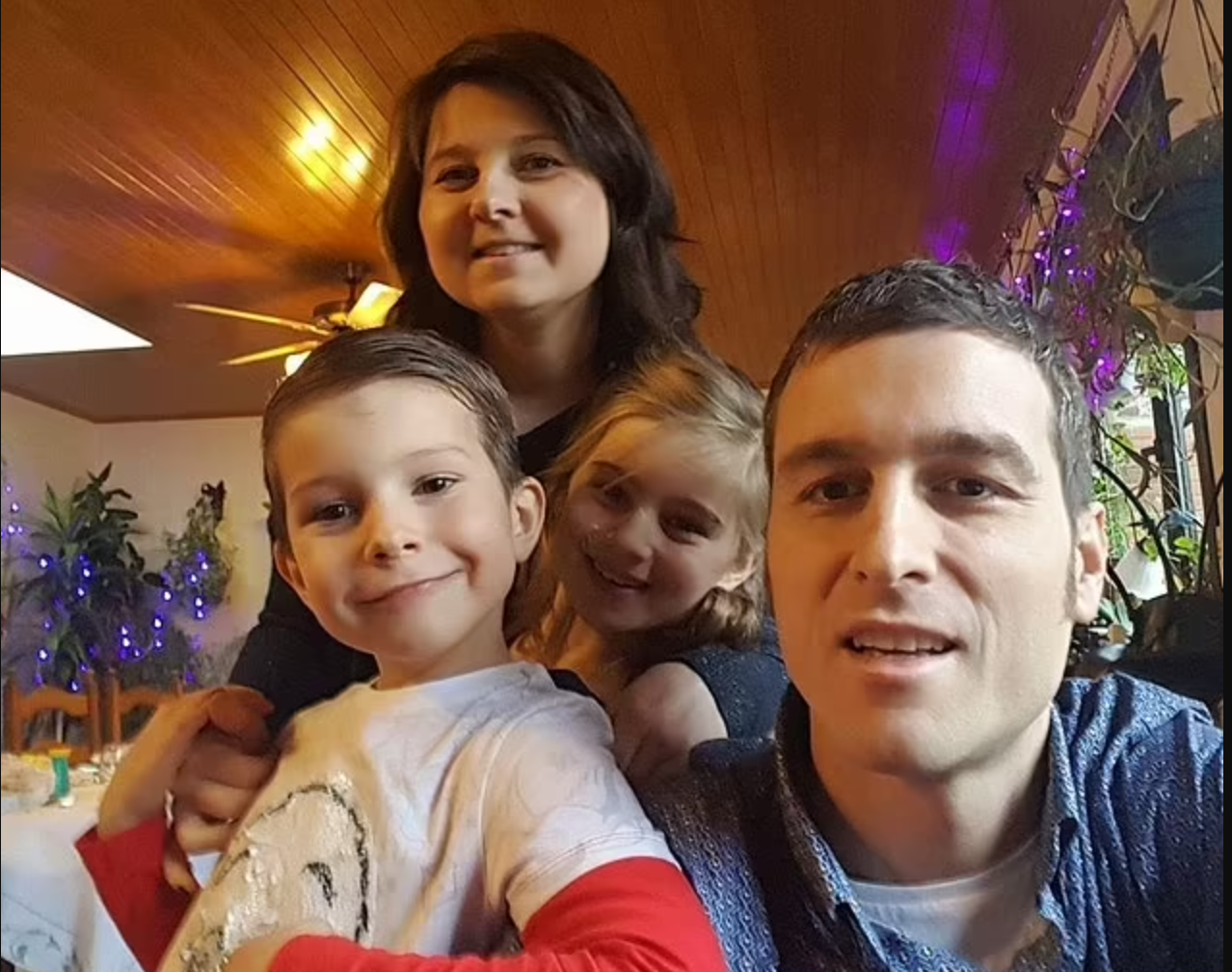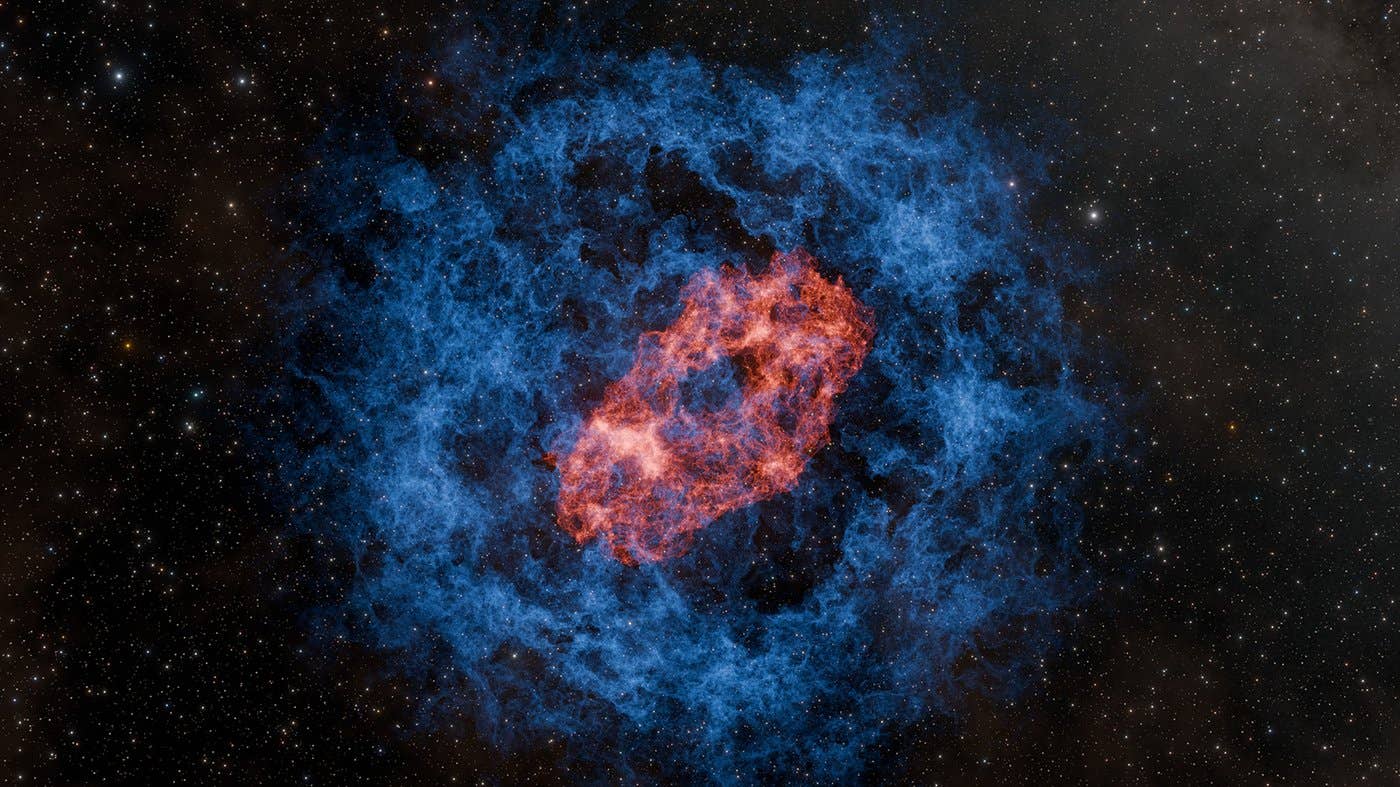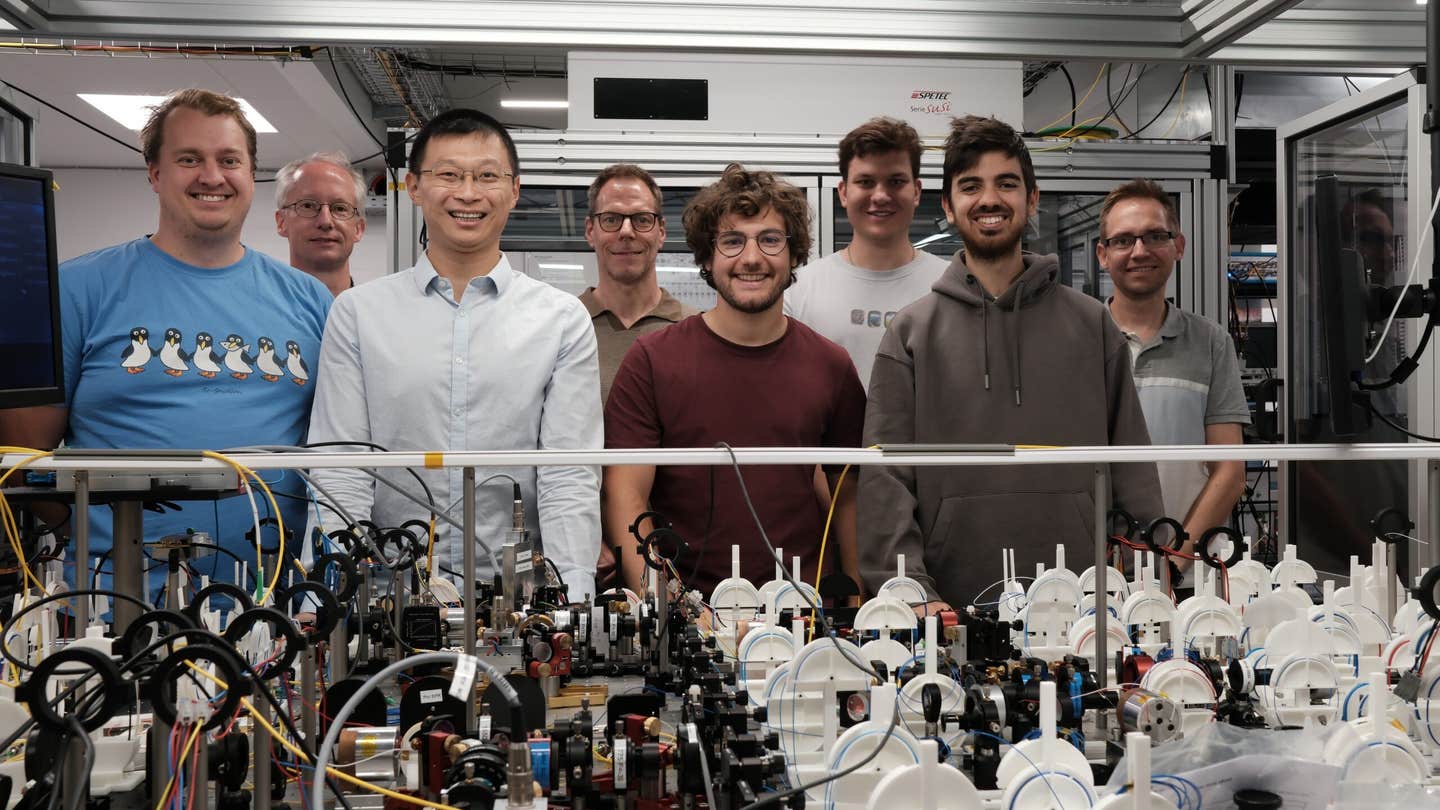13 year-old boy is the first-ever patient to be cured of extremely deadly brain cancer
Lucas achieved a remarkable feat – becoming the first person to overcome a deadly brain cancer known as diffuse intrinsic pontine glioma.

Lucas, aged five, with his parents, Cédric and Olesja, and sister, Tatiana, a year before he was diagnosed with DIPG. (CREDIT: lesja Jemeljanova / Facebook)
Lucas Jemeljanova, a 13-year-old boy from Belgium, has achieved a remarkable feat – becoming the first person globally to overcome a deadly brain cancer known as diffuse intrinsic pontine glioma (DIPG).
This rare and aggressive tumor typically claims the lives of 98% of patients within five years of diagnosis.
Lucas's journey to recovery began at the age of six when he was enrolled in a clinical trial testing a chemotherapy drug called everolimus, usually employed in treating kidney, pancreas, breast, and brain cancers, but not previously used successfully against DIPG.
Responding positively to the treatment, Lucas witnessed a gradual disappearance of the tumor.
Related Stories
Seven years later, he stands cancer-free, having been officially in remission for five years. Dr. Jacques Grill, Lucas's physician at the Gustave Roussy cancer center in Paris, expressed astonishment at Lucas's success, stating, "Lucas 'beat all the odds'... his case offers real hope."
Lucas's parents, Cedric and Olesja, took him to France to participate in the BIOMEDE trial, which aimed to test new drugs for DIPG.
Everolimus functions by inhibiting mTOR, a protein crucial for cancer cell growth and division, as well as the formation of new blood vessels. This mechanism impedes cancer growth by halting cell reproduction and reducing blood supply to tumor cells.
Lucas, aged eight, with his mother. His parents took him to France to join a clinical trial. (CREDIT: lesja Jemeljanova / Facebook)
Initially, doctors hesitated to discontinue Lucas's treatment, fearing a potential relapse. However, a year and a half ago, it was discovered that Lucas had already ceased taking the medication, yet the tumor remained absent. Dr. Grill recounted, "Over a series of MRI scans, I watched as the tumor completely disappeared."
The medical community remains intrigued by Lucas's exceptional recovery, with Dr. Grill suggesting that his tumor's rare mutation may have rendered it highly susceptible to the drug. While seven other children in the trial showed prolonged responses to treatment, Lucas's case stands out as his tumor vanished entirely.
Iesja and Lucas promoting Childhod Cancer Awareness Month. (CREDIT: lesja Jemeljanova / Facebook)
DIPG, affecting approximately 300 children annually according to the Dana-Farber Cancer Institute, primarily strikes children aged five to nine. Only 10% of people diagnosed with this disease live for more than two years.
This type of tumor emerges at the base of the brain and the top of the spine, with its exact cause still unknown. The tumor exerts pressure on the pons, a critical brain region governing essential bodily functions such as breathing and blood pressure regulation.
Lucas, with his parents, Cédric and Olesja, and sister, Tatiana. (CREDIT: lesja Jemeljanova / Facebook)
Symptoms of DIPG typically include impaired eye movement, facial weakness, walking difficulties, abnormal limb movements, and balance problems. Lucas's diagnosis occurred at the age of six after experiencing symptoms like difficulty walking, urinary issues, fainting spells, and nosebleeds.
Researchers are now focused on understanding the genetic peculiarities underlying Lucas's remarkable response to treatment. By analyzing patients' tumor genetic profiles and creating tumor "organoids" – artificially grown cell masses resembling organs – they aim to replicate the genetic variations observed in Lucas's cells.
Marie-Anne Debily, overseeing the laboratory efforts, emphasized the importance of identifying drugs capable of replicating the effect seen in Lucas's tumor cells.
However, the road to translating these findings into effective treatments is lengthy and arduous, as Dr. Grill pointed out. "On average, it takes 10-15 years from the first lead to become a drug – it's a long and drawn-out process," he explained.
Despite the challenges ahead, Lucas's case represents a beacon of hope in the fight against DIPG, inspiring researchers to unravel the mysteries of this devastating disease and develop innovative therapies to save young lives.
Note: Materials provided above by The Brighter Side of News. Content may be edited for style and length.
Like these kind of feel good stories? Get the Brighter Side of News' newsletter.



